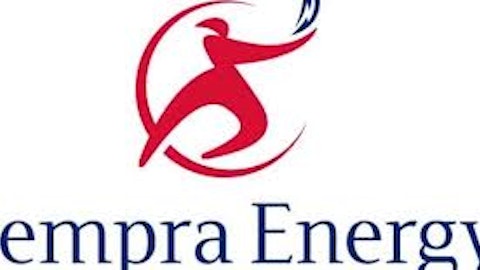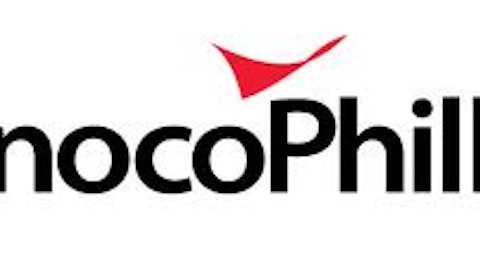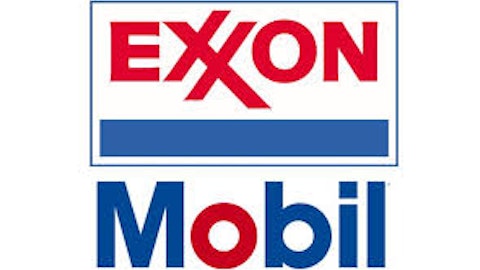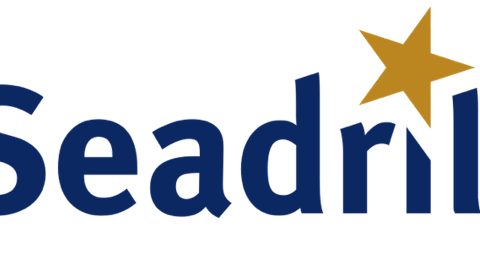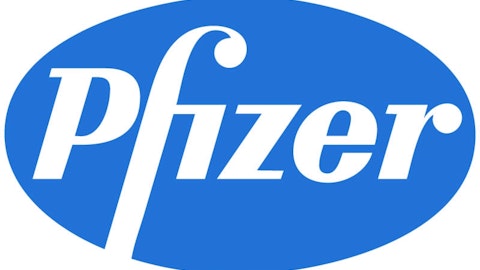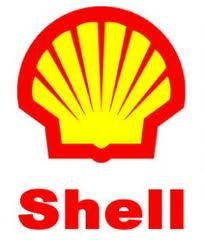
Why is There Pressure to Drill in the Arctic?
The world’s energy companies see the impact of resource constraints on a daily basis. The world continues to heat up, and this will cause the melting of the ice caps. There is the idea that if a company is not the first to open up the arctic then other companies will gain the majority of new reserves. The replacement of reserves is a critical figure that investors watch, and upstream companies that are unable to replace reserves face decreased production volumes, decreased cash flow, and investor wrath.
RDS.A Total Return Price data by YCharts
The Netherlands
Royal Dutch Shell plc (ADR) (NYSE:RDS.A) is the most visible player in the arctic. The conditions in the arctic are strenuous, and the lack of infrastructure would multiply the impact of any accident. Recent tests of Shell’s safety equipment show that the technology leaves much to be desired. Shell’s drilling rigs have faced a number of failures, even after the firm has sunk more than $4 billion into the operation.
Shell has a number of redeeming qualities. It is highly involved with the world’s growing LNG market. In Canad, it is involved in an LNG export facility in Kitimat that will serve energy-hungry Asian economies. Additionally, the firm has interests in a number of offshore fields, and aims to increase production from 3.3 million barrels of oil equivalent per day in 2012 to approximately 4.0 million barrel of oil equivalent per day in 2017 or 2018.
The company is not overloaded with debt, as its total debt to equity ratio is just 0.20. Its return on investment of 12.5% is acceptable, but less than half that of Exxon Mobil Corporation (NYSE:XOM). If U.S. investors really want to invest in the arctic then the class B Royal Dutch Shell plc (ADR) (NYSE:RDS.A) shares offer a greater tax advantages than the Class A shares.
Norway
Statoil ASA (ADR) (NYSE:STO) has interests in the arctic, but after seeing Shell’s difficulties it is taking a more conservative approach. The firm’s Norwegian home and experience drilling in the Northern reaches of the world should provide it an advantage in arctic drilling, but it appears more prudent to focus on its other assets. Between Tanzania, the Gulf of Mexico, and Newfoundland, it has a number of promising fields.
Statoil’s expected production growth is not spectacular, but it is enough that it should allow cash flow to keep up with inflation. The company hopes to achieve a two percent to three percent compound annual growth rate (CAGR) from 2012 to 2016, and a three to four percent CAGR between 2016 and 2020 to reach their goal of 2.5 million barrel of oil equivalent per day in 2020. With a total debt to equity ratio of 0.36 its debt load is reasonable. Its return on investment of 19.3% is higher than Shell’s, and shows that not being the first to venture into the arctic has its advantages.
France
TOTAL S.A. (ADR) (NYSE:TOT) has followed the European tradition and been very open to clean energy investments. Its position in the solar manufacturer Sunpower helps to maintain its image as one of the more progressive major oil companies. Within this context it is not surprising that management has been willing to publicly criticize its competitors for arctic exploration because of the possible negative environmental effects.
Instead of looking at the further reaches of the arctic, the company is developing its upstream assets in the Gulf of Mexico, Argentina’s Vaca Muerta, Norway, Nigeria, and Uganda. Like Shell, Total is also making LNG a priority, and, including projects under construction, its capacity will expand to 17 metric tons by 2017.
Its total debt to equity ratio of 0.48 is the highest of any of these companies. Also, its return on investment of 10.5% is the lowest rate among these peers. Total is not perfect, but management’s awareness of resource constraints and willingness to continue investing in solar shows their willingness to think outside the box.
Conclusion
The arctic is a harsh environment, and Shell’s difficulties in the region should make investors think twice before investing. Temperatures continue to rise and ice continues to melt, but the polar caps are still formidable foes. Until the region sees more development, investors should take Shell and Statoil ASA (ADR) (NYSE:STO) with a grain of salt. Total is a good company to watch over the long run, as its investments should start to pay off.
The article Europe’s First-Mover Disadvantage in the Arctic originally appeared on Fool.com and is written by Joshua Bondy.
Copyright © 1995 – 2013 The Motley Fool, LLC. All rights reserved. The Motley Fool has a disclosure policy.

